Daniel Lefferts in The Millions:
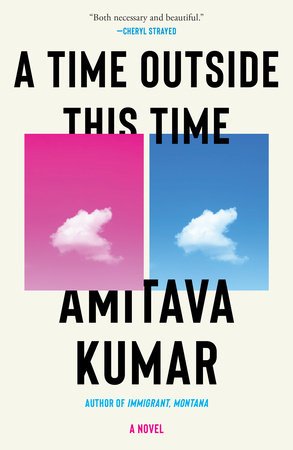 Amitava Kumar tends to talk about his forthcoming novel, A Time Outside This Time, as if he’s still in the process of writing it. He says he’s “going to” try to achieve certain effects with it. He says “I will” adopt certain narrative strategies. He poses provisional questions: “What form do I give,” he asks, to the story he wants to tell?
Amitava Kumar tends to talk about his forthcoming novel, A Time Outside This Time, as if he’s still in the process of writing it. He says he’s “going to” try to achieve certain effects with it. He says “I will” adopt certain narrative strategies. He poses provisional questions: “What form do I give,” he asks, to the story he wants to tell?
It’s a curious tic but, given the novel’s subject matter, it’s not surprising. A Time Outside This Time, set primarily in the first half of 2020, is about the global proliferation of fake news and the writer’s obligation to combat it. Rather than examine the vagaries of our moment from a retrospective distance, the novel allows itself to be shaped by them, navigating events—the Covid-19 pandemic, the Black Lives Matter protests, the last breaths of the Trump presidency—as they unfold. No wonder Kumar describes his novel as if he’s still writing it: the story he’s telling is still happening.
“I’m going to put down the news,” Kumar says via Zoom from a hotel room in Sewanee, Tenn., where he’s teaching a class at the Sewanee Writers’ Conference. “I will put everything down as it is occurring—there will be an immediacy—but also I’m doing something that is artistic, or cunning.”
More here.

 While the explosion in food allergies is well documented, there is no agreement on why it’s happened. Theories abound: one of the most enduring has been the so-called “hygiene hypothesis,” put forward by the epidemiologist David Strachan in 1989, which suggested that modern society’s obsession with cleanliness was at the root of the problem. The hypothesis proposed that a lack of exposure to dirt and bugs leads to a badly calibrated immune system prone to misfires. But though the idea feels intuitive, and has thus found a willing public audience, evidence for it has been lacking. Scientists now say that over-enthusiastic hygiene practices are unlikely to be the cause, although exposure to the lungs of particular cleaning products might be.
While the explosion in food allergies is well documented, there is no agreement on why it’s happened. Theories abound: one of the most enduring has been the so-called “hygiene hypothesis,” put forward by the epidemiologist David Strachan in 1989, which suggested that modern society’s obsession with cleanliness was at the root of the problem. The hypothesis proposed that a lack of exposure to dirt and bugs leads to a badly calibrated immune system prone to misfires. But though the idea feels intuitive, and has thus found a willing public audience, evidence for it has been lacking. Scientists now say that over-enthusiastic hygiene practices are unlikely to be the cause, although exposure to the lungs of particular cleaning products might be.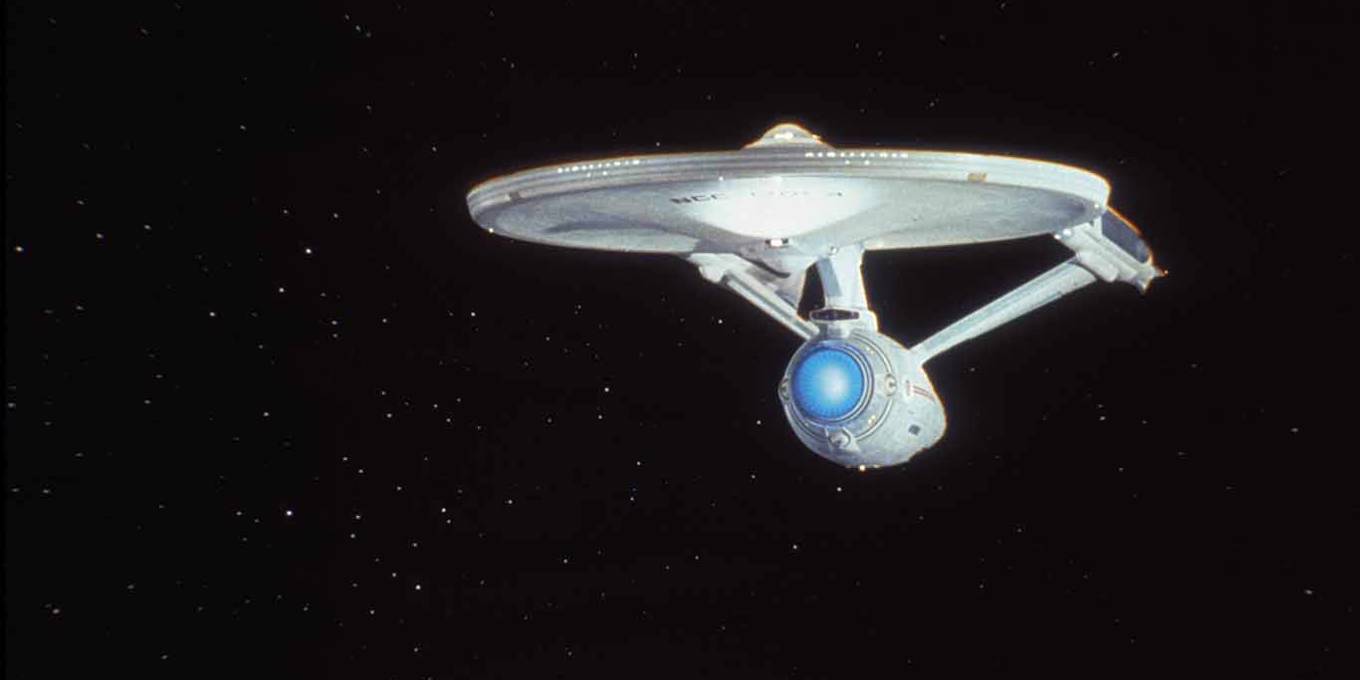 On February 9, 1967, hours after the US Air Force pounded Haiphong Harbor and several Vietnamese airfields, NBC television screened a politically momentous episode of Star Trek. Entitled “
On February 9, 1967, hours after the US Air Force pounded Haiphong Harbor and several Vietnamese airfields, NBC television screened a politically momentous episode of Star Trek. Entitled “ The fifteenth-century Italian artist Fra Angelico invented emotional interiority in art; laid the stylistic groundwork for Michelangelo, Leonardo da Vinci, and Mark Rothko; and theorized a utopian world, one in which everything and everyone is ultimately linked.
The fifteenth-century Italian artist Fra Angelico invented emotional interiority in art; laid the stylistic groundwork for Michelangelo, Leonardo da Vinci, and Mark Rothko; and theorized a utopian world, one in which everything and everyone is ultimately linked. A botanist’s quest for new medicines takes her deep into the Amazon. A computer scientist and a sci-fi author peer into the future of artificial intelligence. An anthropologist confronts changing attitudes about death. From an ambitious road map for the future of physics to a whirlwind tour of animal outlaws, the books on this year’s fall reading list—reviewed by alumni of the AAAS Science and Technology Policy Fellowship program—challenge readers to see the topics under consideration in a new light. Join a neurologist on a journey to understand the myriad causes of psychogenic illnesses, gain a better grasp of the origins of the climate crisis, and confront the ways ideas about gender have shaped innovation, all with the help of the books reviewed below. —Valerie Thompson
A botanist’s quest for new medicines takes her deep into the Amazon. A computer scientist and a sci-fi author peer into the future of artificial intelligence. An anthropologist confronts changing attitudes about death. From an ambitious road map for the future of physics to a whirlwind tour of animal outlaws, the books on this year’s fall reading list—reviewed by alumni of the AAAS Science and Technology Policy Fellowship program—challenge readers to see the topics under consideration in a new light. Join a neurologist on a journey to understand the myriad causes of psychogenic illnesses, gain a better grasp of the origins of the climate crisis, and confront the ways ideas about gender have shaped innovation, all with the help of the books reviewed below. —Valerie Thompson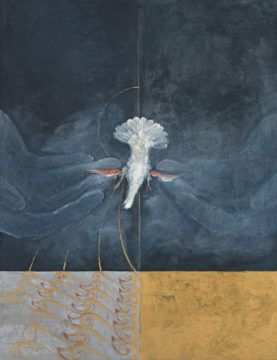 In his 1591 treatise De monade, numero et figura liber (On the Monad, Number, and Figure), Bruno described three types of monads: God, souls, and atoms. Much later, the concept of the monad was popularized by Gottfried Wilhelm Leibniz. In Leibniz’s system, monads are the basic, irreducible components of the universe. Each monad is a unique, indestructible soul-like entity. Monads cannot interact, but all are perfectly synchronized with one another by God.
In his 1591 treatise De monade, numero et figura liber (On the Monad, Number, and Figure), Bruno described three types of monads: God, souls, and atoms. Much later, the concept of the monad was popularized by Gottfried Wilhelm Leibniz. In Leibniz’s system, monads are the basic, irreducible components of the universe. Each monad is a unique, indestructible soul-like entity. Monads cannot interact, but all are perfectly synchronized with one another by God.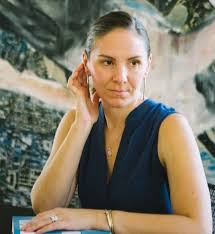 February, 1991. The first night on the ship, I wore a cobalt velvet jacket with a shawl collar, stonewashed jeans, and a necklace bearing three tiers of iridescent orbs, an unintentional nod to the disco ball that would cast the ballroom in a glittering glow. I was barely a teen-ager, and, from my view across the dining room, I appeared to be the sole female passenger on the cruise ship carrying several hundred gay men from Miami, Florida, to San Juan, Puerto Rico, over the course of seven days—and definitely the only kid. I was travelling with my father, who, less than eighteen months later, would die after a five-year battle with aids. But, for the moment, he was well—at least well enough to take his daughter on a Caribbean vacation.
February, 1991. The first night on the ship, I wore a cobalt velvet jacket with a shawl collar, stonewashed jeans, and a necklace bearing three tiers of iridescent orbs, an unintentional nod to the disco ball that would cast the ballroom in a glittering glow. I was barely a teen-ager, and, from my view across the dining room, I appeared to be the sole female passenger on the cruise ship carrying several hundred gay men from Miami, Florida, to San Juan, Puerto Rico, over the course of seven days—and definitely the only kid. I was travelling with my father, who, less than eighteen months later, would die after a five-year battle with aids. But, for the moment, he was well—at least well enough to take his daughter on a Caribbean vacation. Memes become omnipresent for a variety of reasons. They might be fodder for entertaining video footage. They might provide a tool for people to express themselves, or cater to deep-seated hopes or anxieties. Ivermectin, which is used for some human applications as well as horse deworming, answered the desire for a covid miracle cure in the face of the United States’ recent surge in
Memes become omnipresent for a variety of reasons. They might be fodder for entertaining video footage. They might provide a tool for people to express themselves, or cater to deep-seated hopes or anxieties. Ivermectin, which is used for some human applications as well as horse deworming, answered the desire for a covid miracle cure in the face of the United States’ recent surge in  Right now, in your body, lurk thousands of cells with DNA mistakes that could cause cancer. Yet only in rare instances do these DNA mistakes, called genetic mutations, lead to a full-blown cancer. Why? The standard explanation is that it takes a certain number of genetic “hits” to a cell’s DNA to push a cell over the edge. But there are well-known cases in which the same set of mutations clearly causes cancer in one context, but not in another. A good example is a mole. The cells making up a mole are genetically abnormal. Quite often, they contain a mutated DNA version of the BRAF gene that, when found in cells located outside of a mole, will often lead to melanoma. But the vast majority of moles will never turn cancerous. It’s a conundrum that has scientists looking to cellular context for clues to explain the difference.
Right now, in your body, lurk thousands of cells with DNA mistakes that could cause cancer. Yet only in rare instances do these DNA mistakes, called genetic mutations, lead to a full-blown cancer. Why? The standard explanation is that it takes a certain number of genetic “hits” to a cell’s DNA to push a cell over the edge. But there are well-known cases in which the same set of mutations clearly causes cancer in one context, but not in another. A good example is a mole. The cells making up a mole are genetically abnormal. Quite often, they contain a mutated DNA version of the BRAF gene that, when found in cells located outside of a mole, will often lead to melanoma. But the vast majority of moles will never turn cancerous. It’s a conundrum that has scientists looking to cellular context for clues to explain the difference.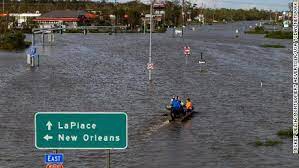 I AM ON MY FOURTH HURRICANE
I AM ON MY FOURTH HURRICANE I know that many liberals, and not a few leftists, will dismiss this account as wildly hyperbolic. Liberals have an abiding faith in the solidity of American democratic institutions; leftists have internally consistent arguments demonstrating why a putsch can’t happen because it wouldn’t be in capital’s interests. It always seems most reasonable to project the future as a straight-line extrapolation from the recent past and present; inertia and path dependence are powerful forces. But that’s why political scientists nearly all were caught flat-footed by the collapse of the Soviet Union. To be clear, I’m not predicting the possible outcome I’ve laid out. My objective is to indicate dangerous, opportunistic tendencies and dynamics at work in this political moment which I think liberals and whatever counts as a left in the United States have been underestimating or, worse, dismissing entirely. If forced to bet, based on the perspective on American political history since 1980, or even 1964, that I’ve laid out here, I’d speculate that the nightmare outline I’ve sketched is between possible and likely, I imagine and hope closer to the former than the latter.
I know that many liberals, and not a few leftists, will dismiss this account as wildly hyperbolic. Liberals have an abiding faith in the solidity of American democratic institutions; leftists have internally consistent arguments demonstrating why a putsch can’t happen because it wouldn’t be in capital’s interests. It always seems most reasonable to project the future as a straight-line extrapolation from the recent past and present; inertia and path dependence are powerful forces. But that’s why political scientists nearly all were caught flat-footed by the collapse of the Soviet Union. To be clear, I’m not predicting the possible outcome I’ve laid out. My objective is to indicate dangerous, opportunistic tendencies and dynamics at work in this political moment which I think liberals and whatever counts as a left in the United States have been underestimating or, worse, dismissing entirely. If forced to bet, based on the perspective on American political history since 1980, or even 1964, that I’ve laid out here, I’d speculate that the nightmare outline I’ve sketched is between possible and likely, I imagine and hope closer to the former than the latter.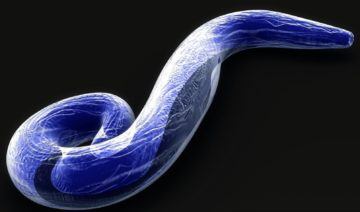 At the end of June, the World Health Organization certified China as having eliminated malaria. The announcement may have gotten a little drowned out by the mass spectacles surrounding the Communist Party’s 100th birthday, but make no mistake: going from 30 million cases annually to zero really is a reason to be cheerful.
At the end of June, the World Health Organization certified China as having eliminated malaria. The announcement may have gotten a little drowned out by the mass spectacles surrounding the Communist Party’s 100th birthday, but make no mistake: going from 30 million cases annually to zero really is a reason to be cheerful.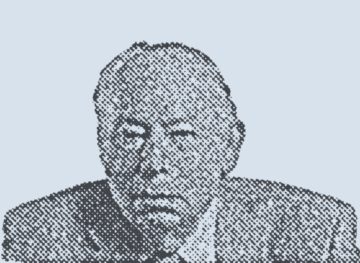 Steven Weinberg and I knew each other for seventy-four of our eighty-eight years. He was my friend and classmate throughout high school and college. We met at the Bronx High School of Science, where, together with Gerald Feinberg, Morton Sternheim, and Menasha Tausner, we decided to become theoretical physicists—as we all became.
Steven Weinberg and I knew each other for seventy-four of our eighty-eight years. He was my friend and classmate throughout high school and college. We met at the Bronx High School of Science, where, together with Gerald Feinberg, Morton Sternheim, and Menasha Tausner, we decided to become theoretical physicists—as we all became. There is an old adage that if you want to understand state building or state breakdown, follow the guns. In conflict zones like Afghanistan, it is all too easy to take recourse to debates over development and culture, while ignoring the dynamics of armed conflict, and the presence of weaponry that militarises society and embeds violence. Even a casual perusal of databases at Small Arms Survey, Geneva, that tracks violent conflict and the proliferation of arms, brings home some basic facts about state building and violence.
There is an old adage that if you want to understand state building or state breakdown, follow the guns. In conflict zones like Afghanistan, it is all too easy to take recourse to debates over development and culture, while ignoring the dynamics of armed conflict, and the presence of weaponry that militarises society and embeds violence. Even a casual perusal of databases at Small Arms Survey, Geneva, that tracks violent conflict and the proliferation of arms, brings home some basic facts about state building and violence.